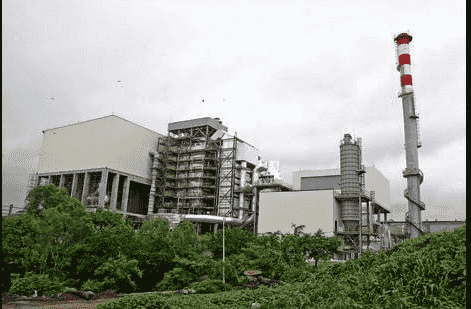
The first of its kind in the state of Maharashtra, the newly inaugurated waste-to-energy (WTE) plant stands tall on the Pune-Nashik highway, placing Antony Lara Renewable Energy Private Ltd and Pimpri Chinchwad Municipal Corporation (PCMC) at the forefront of battling environmental challenges. In a bid to combat the mounting waste crisis and harness renewable energy in the process, the PCMC's waste-to-energy plant is a testament to innovation. Equipped with state-of-the-art technology, the facility aims to convert municipal solid waste into electricity through a process known as thermal gasification. How Does it Work? The city of Pimpri Chinchwad generates a whopping 1,150 metric tonnes of garbage daily. This garbage is then segregated into categories like organic waste, e-waste, hazardous waste, inert waste etc. The PCMC’s waste-to-energy plant utilizes dry waste or, in other words, non-compostable waste, which could be categorised as Municipal Solid Waste (MSW) for generating electricity. ` This WTE plant manages to process around 700 tonnes of dry waste daily, producing approximately 14 megawatts of electricity – enough to power thousands of homes. Sanjay Kulkarni, an engineer working at the plant said, “The PCMC no longer has to go through the hassle of disposing such large quantities of waste daily and can save on crores of rupees.” The dry waste, which is first segregated, is subjected to high temperatures in an oxygen-deprived environment, converting it into synthetic gas (syngas), which is then used to power turbines spinning at high speeds that ultimately generate electricity. “The residue from this process, known as slag, is processed and used for construction materials. This way, the PCMC reduces the environmental impact by avoiding landfill disposals,” Kulkarni added. The plant's successful energy generation, coupled with the repurposing of waste byproducts, highlights a step forward in sustainable waste management. Resistance However, this innovative approach is not without challenges. Kulkarni mentioned that the PCMC has already begun receiving criticism from nearby residents over concerns regarding air emissions during the waste-to-energy process. Environmental organisations have called for stringent monitoring and control measures to minimise pollutants such as dioxins and heavy metals. However, Kulkarni also pointed out, “The engineers working at the plant are maintaining records, and while emissions are within permissible limits, continuous vigilance is essential for us to ensure minimal impact on the surrounding areas.” Upon being asked about public perception of the WTE plant acting as a potential hurdle, PCMC Commissioner Shekhar Singh said, “Despite our good efforts, the nearby communities worry about potential health risks. However, the plant authorities aim to address these concerns by emphasising on the importance of safe operations and sustainable waste disposal.” While the plant offers a promising solution to waste management challenges, the journey to a greener future is marked by the need for continued technological refinement and a concerted effort to win the public trust.
28 Aug 2023
Samiksha Ghoshal